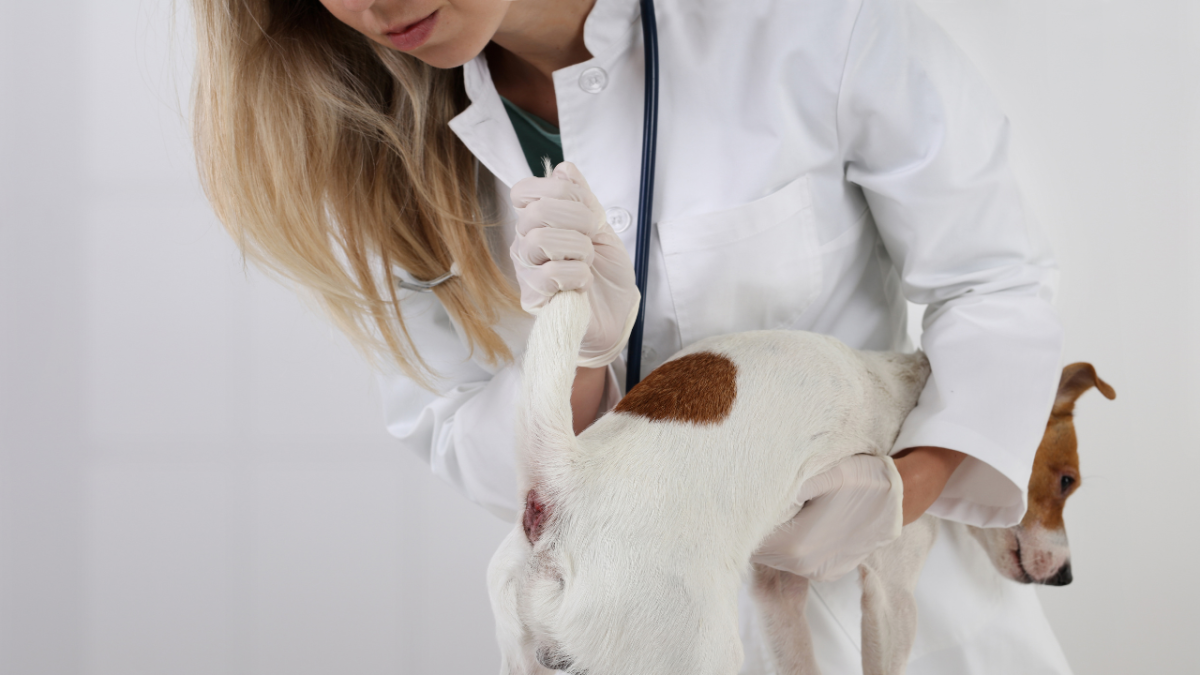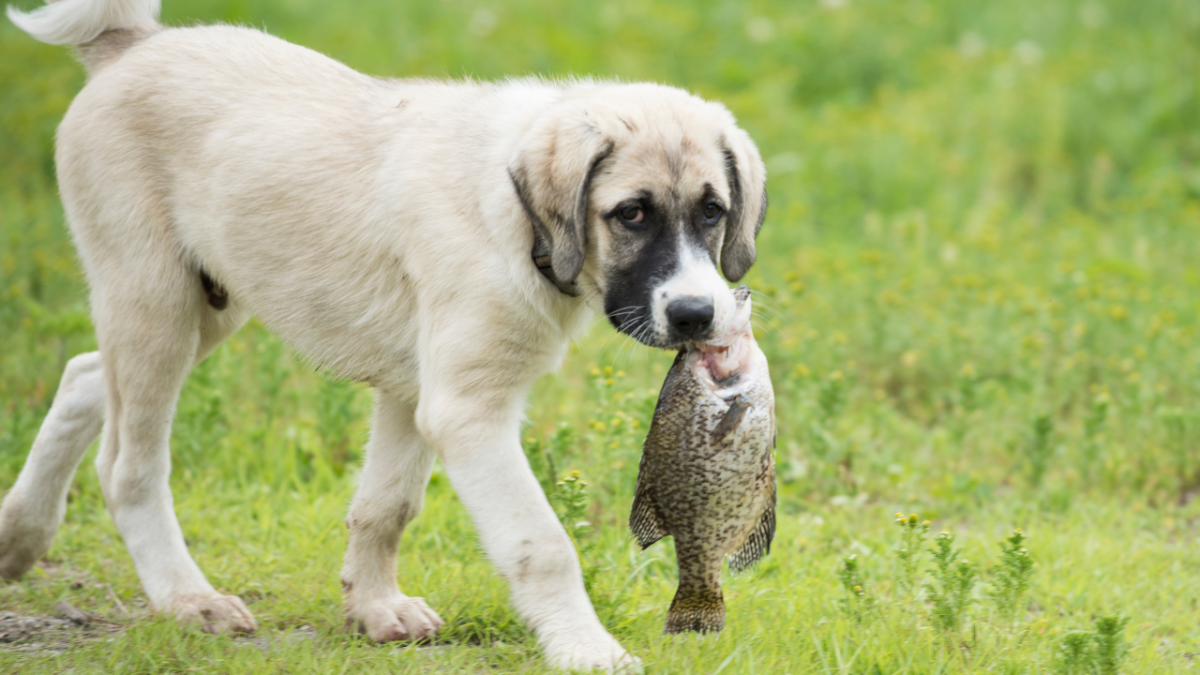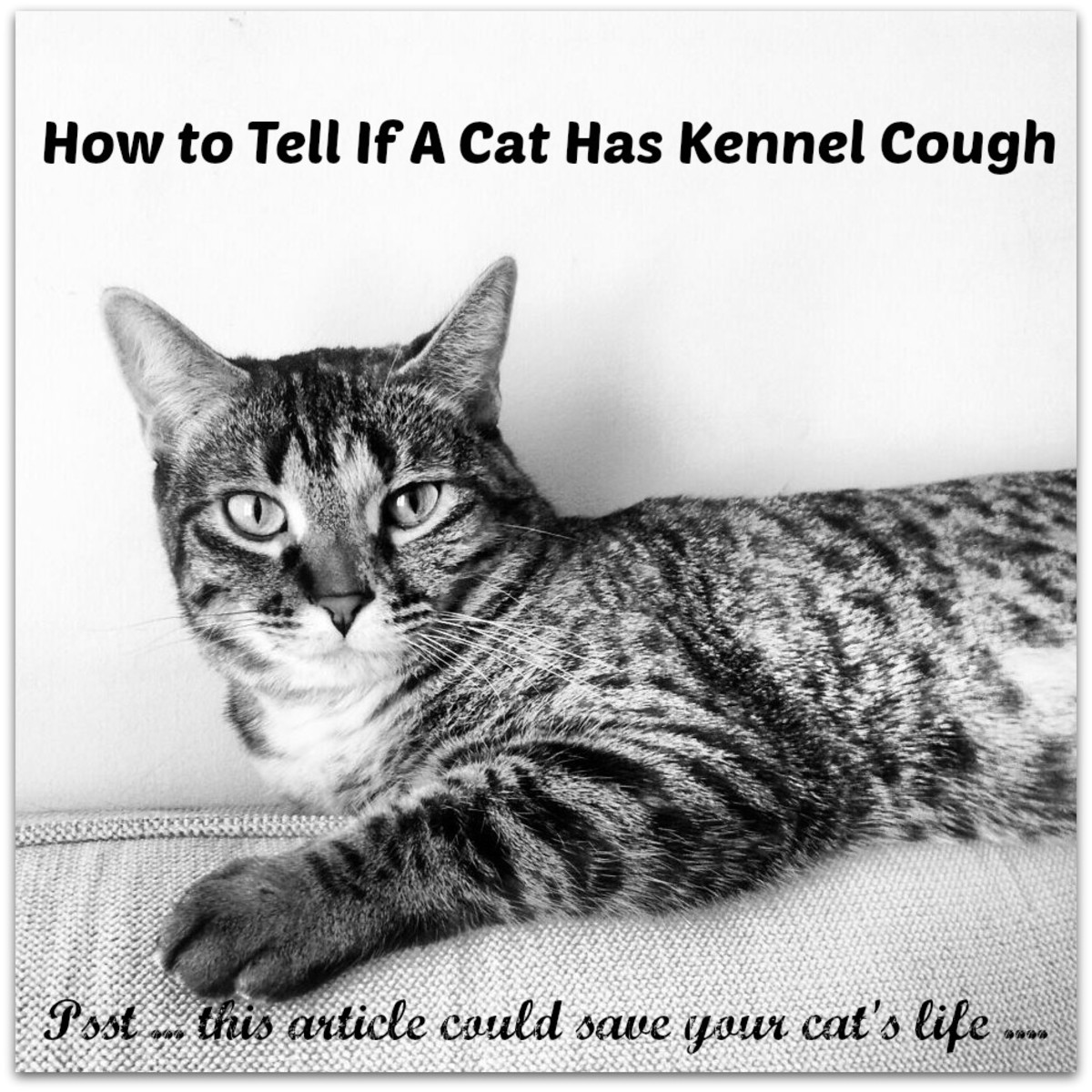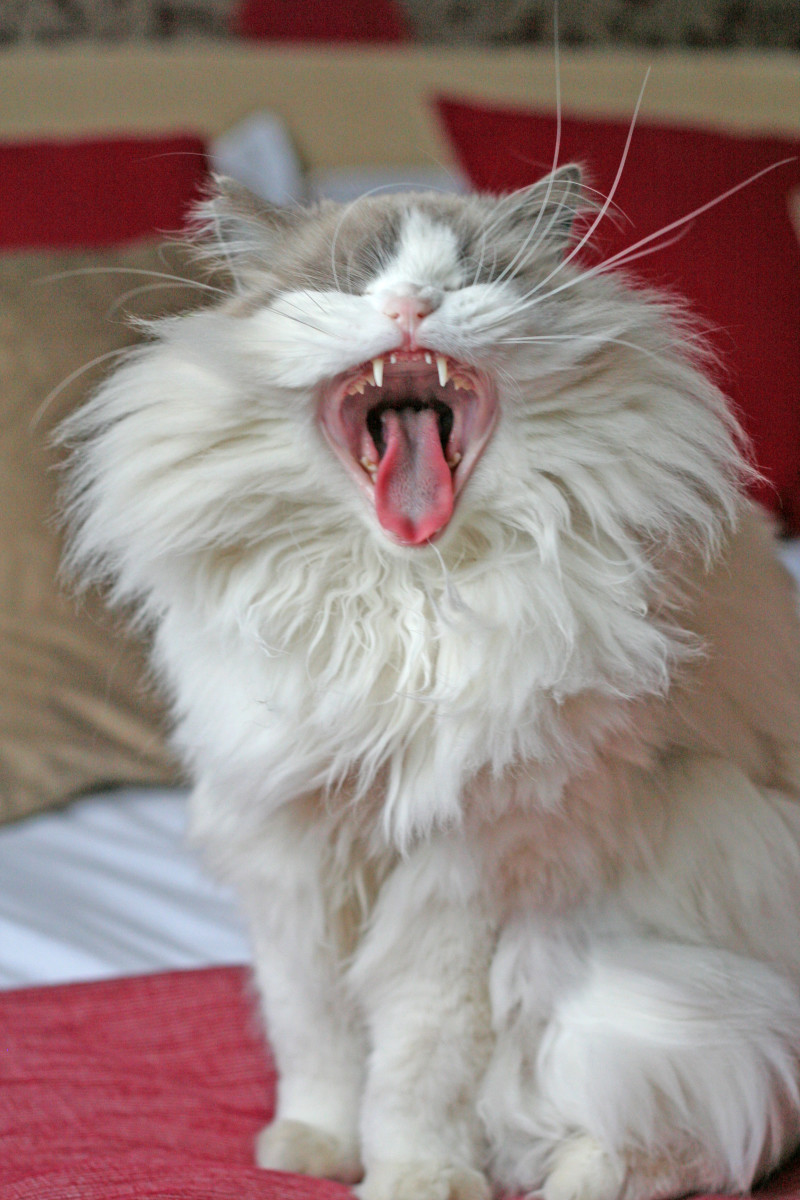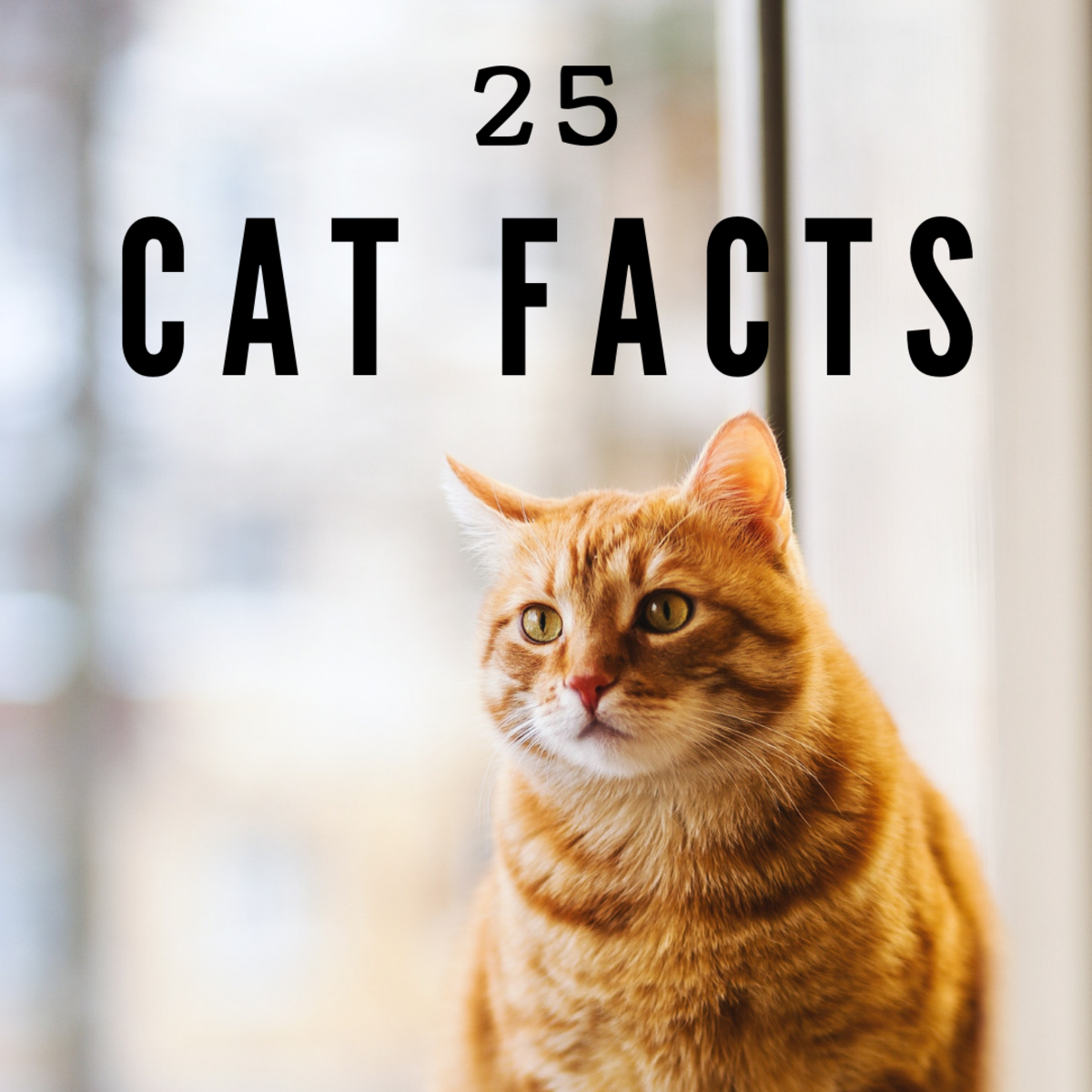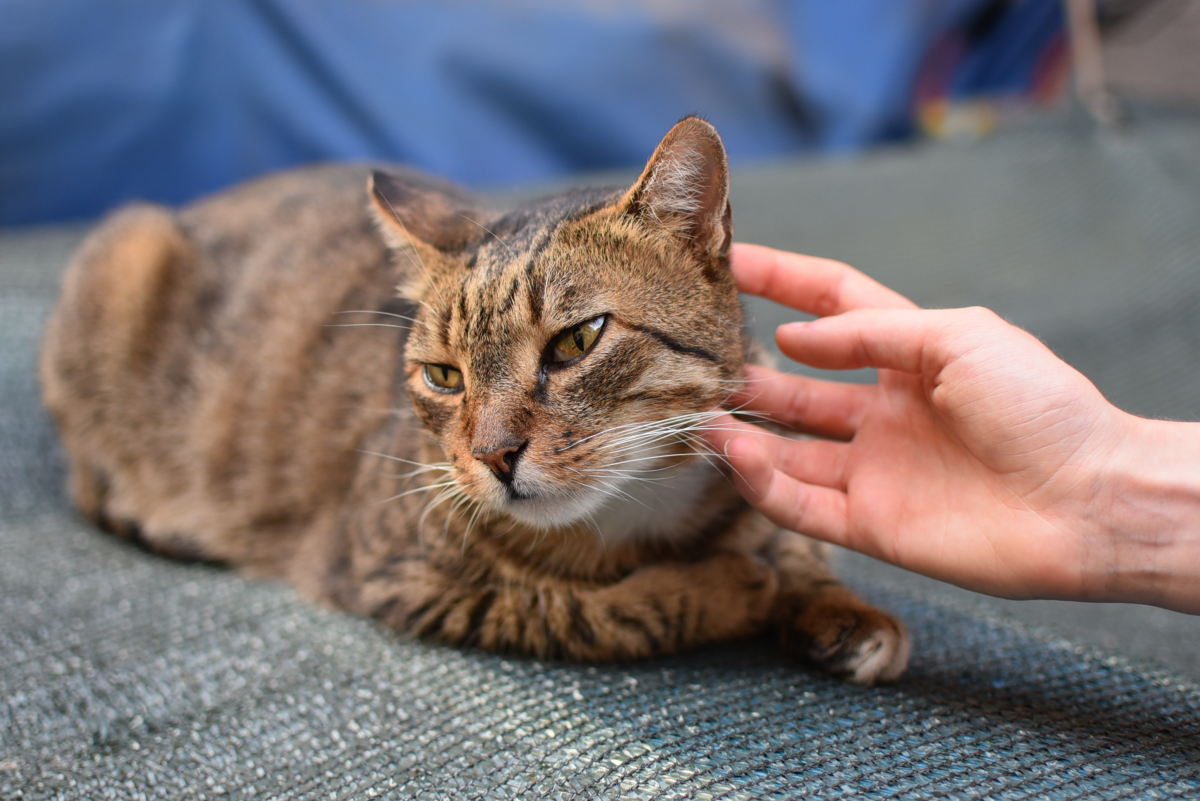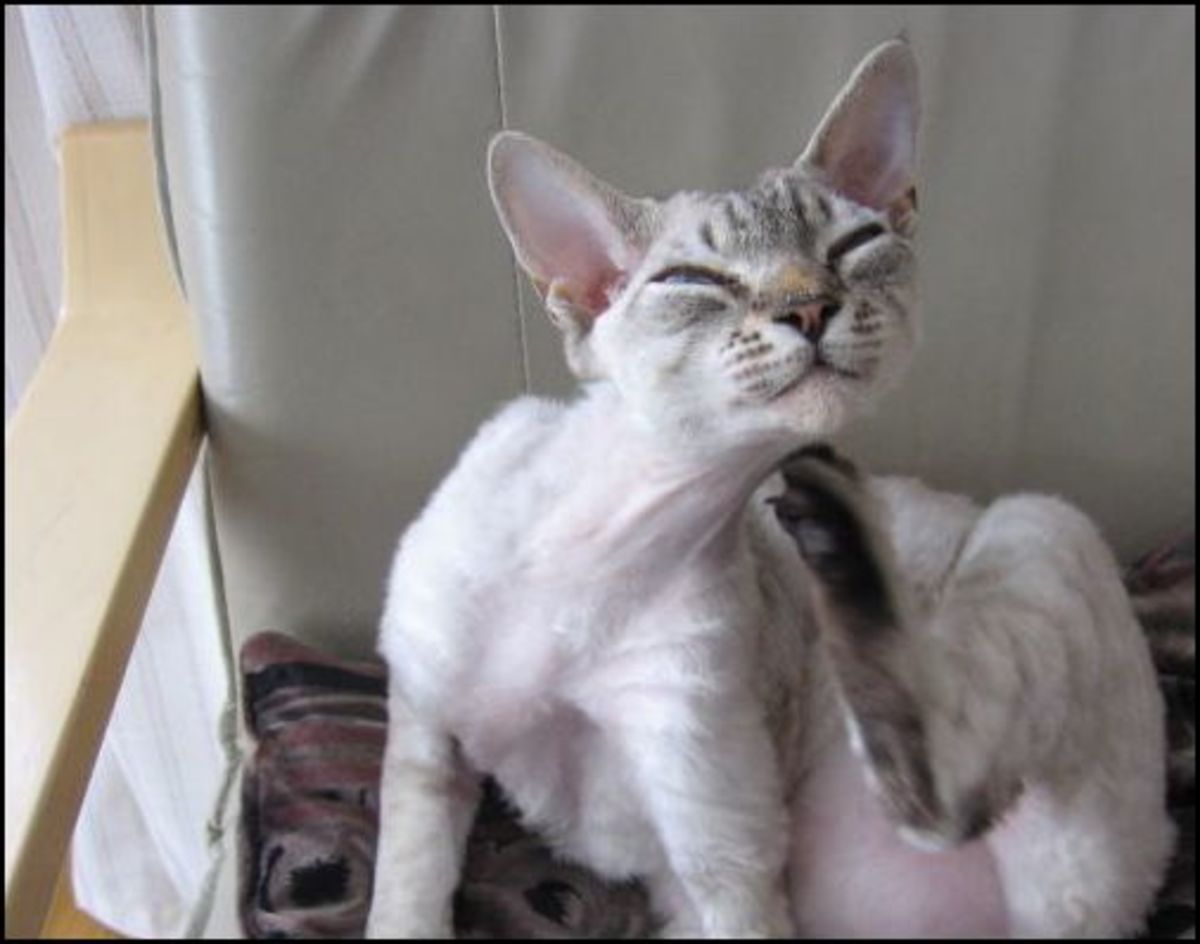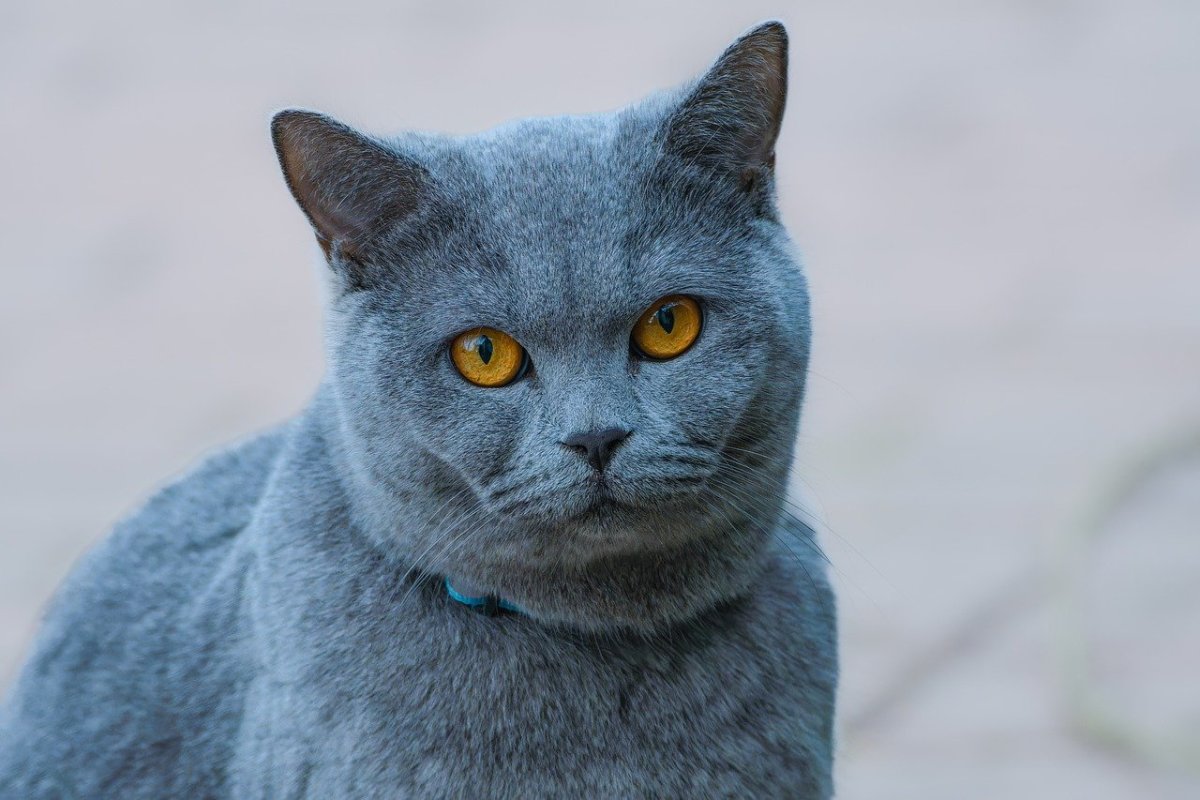Scooting in Felines: Your Cat or Kitten Could Have A Common Medical Condition
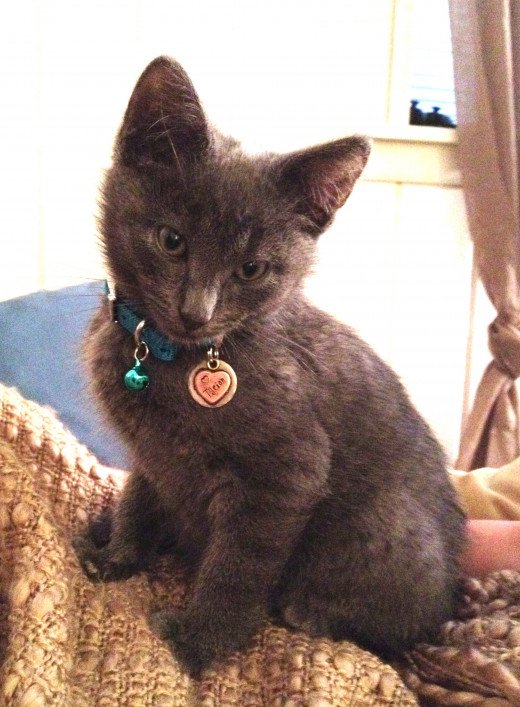
Your pets health is of the utmost importance to any loving pet owner and when your cat or dog starts acting out of the ordinary it can be concerning. There are things that even your regular veterinarian visits may not catch if you don't know to look for them. Luckily, my cat started exhibiting a new, strange behavior young enough that we were able to catch the problem early before it got worse.
When my kitten started scooting at 11 months old, I grew concerned about what may be causing it. I adopted him when he was 3 months old and he had been to the doctors regularly up to that point. He was given shots and boosters necessary for him to be an indoor kitten about every two to three months since we adopted him. Also, I had only ever seen dogs scoot and never saw the cats I grew up with or the cats I knew through friends and family exhibit any kind of behavior like this. My last two cats never scooted but they did have many issues related to their stomach and intestinal tract, so my thoughts went there first. I decided to go to the Internet to search out what might be causing the scooting.
I was surprised to find that many blogs and websites assumed that scooting came from internal tapeworms. There were a few that also mentioned the cat might not be cleaning himself well and so the scooting was trying to wipe off any excess feces. Both things seemed very out of the realm of possibility for me given his age, his weight, which was normal, and the fact that he was an indoor cat. He had not come into contact with any other felines besides his siblings in foster care so tapeworms weren't possible either. I knew there had to be another possibility out there.
I finally came upon one website after a great deal of searching that mentioned full anal sacs as a cause of scooting in cats of all ages. I had never heard of anal sac issues before so at first was ready to brush off the diagnosis until I did some more probing [no pun intended].
I came upon the Web MD page for anal sacs and learned that they not only have a section for animal health care issues, but also learned a few things about these common parts. There are two anal glands, or sacs, located near the circumference of the anus on a cat. These glands are smaller than a marble. Both dogs and cats have these sacs and they are filled with liquid that are used for territory marking. In cats, the liquid is normally released naturally with the stool, which releases a scent that marks that territory as theirs.
The issue that arises with anal sacs is when there is an impaction. The veterinarian described this more to me when I brought my cat in for a visit. This is when the liquid cannot be released naturally due to small ducts being plugged by pasty secretions. As my veterinarian explained, for the most part, it is not recognized until infection is present. Luckily, my cat felt the discomfort and was trying to relieve it by scooting. For his case, the Doctor had to manually excrete the glands due to the possible repercussions if we didn’t. Possible repercussions could be the anal sacs filling until they burst and then an infection following from this.
To empty the sacs, your veterinarian will use a lubricated gloved finger and insert it into the cat’s anus using pressure to release the liquid from the sacs. This can be very uncomfortable for your cat and will cause some pain but it is worth it for eliminating the chance of infection and possibly worse pain the future. It also has a very strong smell since this is the liquid that has become built up that is normally used for marking territory by scent.
Know though, this can actually be done to dogs by the owners if there is a similar issues. There are instructions for doing this found on Web MD and they describe it as seemingly painless for dogs. Unfortunately, your cat does experience some slight pain in this process and putting them under is an option if they are particularly difficult to perform this procedure on.
A good way to protect against this in the future is to try to feed your pet high fiber food. You can find many wet and dry foods in the natural food isles of your local pet stores that will list fiber as high as 7% in dry and 15% in wet food. The normal amount of fiber found in pet food is about 1% to 3%, mostly because a high fiber diet could lead to intestinal issues with your pet. The safest approach, I think, is to feed your pet a mix of normal food and only some of this high fiber option and have the sacs released during an annual visit to your veterinarian. It may not be worth the long term health affects of these types of high fiber food when it could mean just a few minutes of discomfort for your pet a year. If your veterinarian recommends fiber food they may most likely prescribe a high fiber food or recommend a powdered fiber that can be mixed in with the cats food you're already feeding him. Growing in popularity are also gland supplements that are particularly for solving this issue in dogs and cats. They promote releasing the built up glands naturally but ofcourse always consult with your veterinarian before starting any kind of treatment.
The veterinarian did also do some other checks including a test for tapeworms during his visit, of which the doctor found none, as well as no other issues. The lesson here, always try to pay attention to any signs your pet may portray that is out of the ordinary. If your pet is exhibiting abnormal behavior, it’s best to get it checked out before it could lead to more serious issues down the road. I’m happy to say my kitten is now home, happy and healthy.
© 2013 Catherine Stolfi

